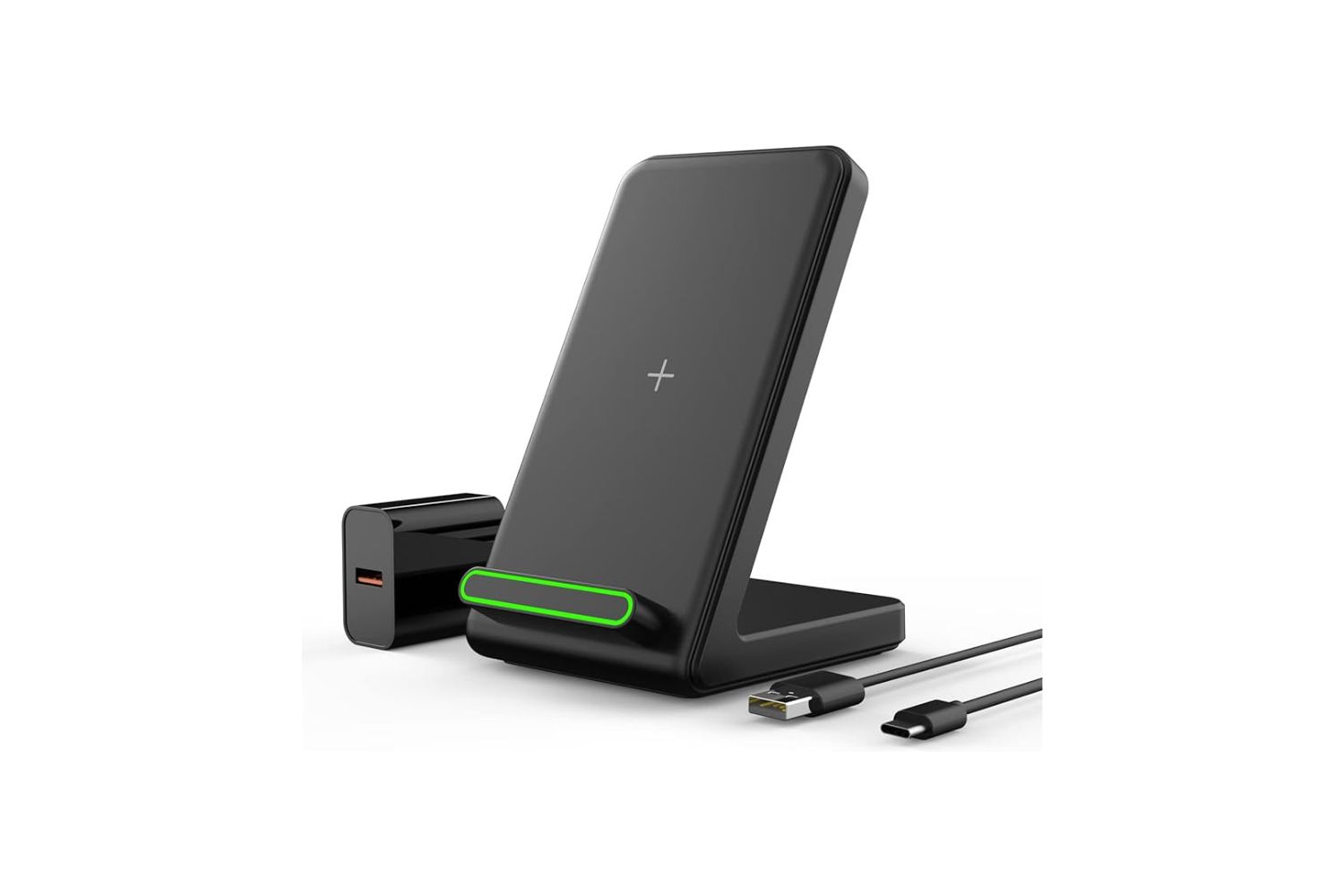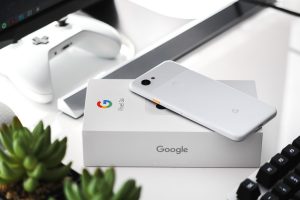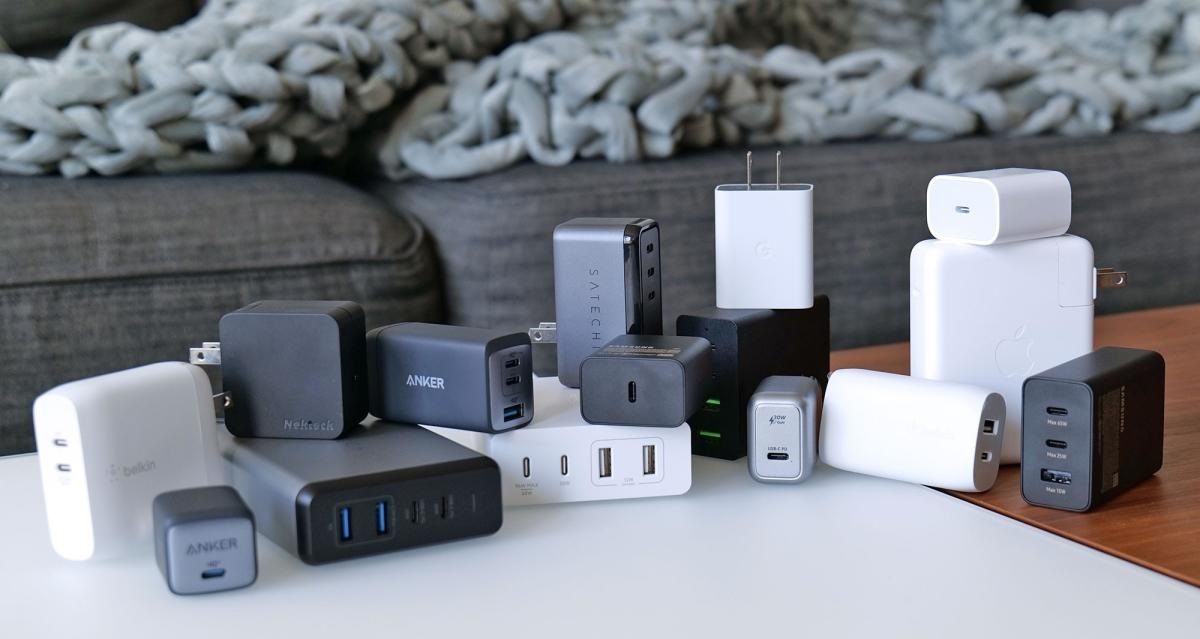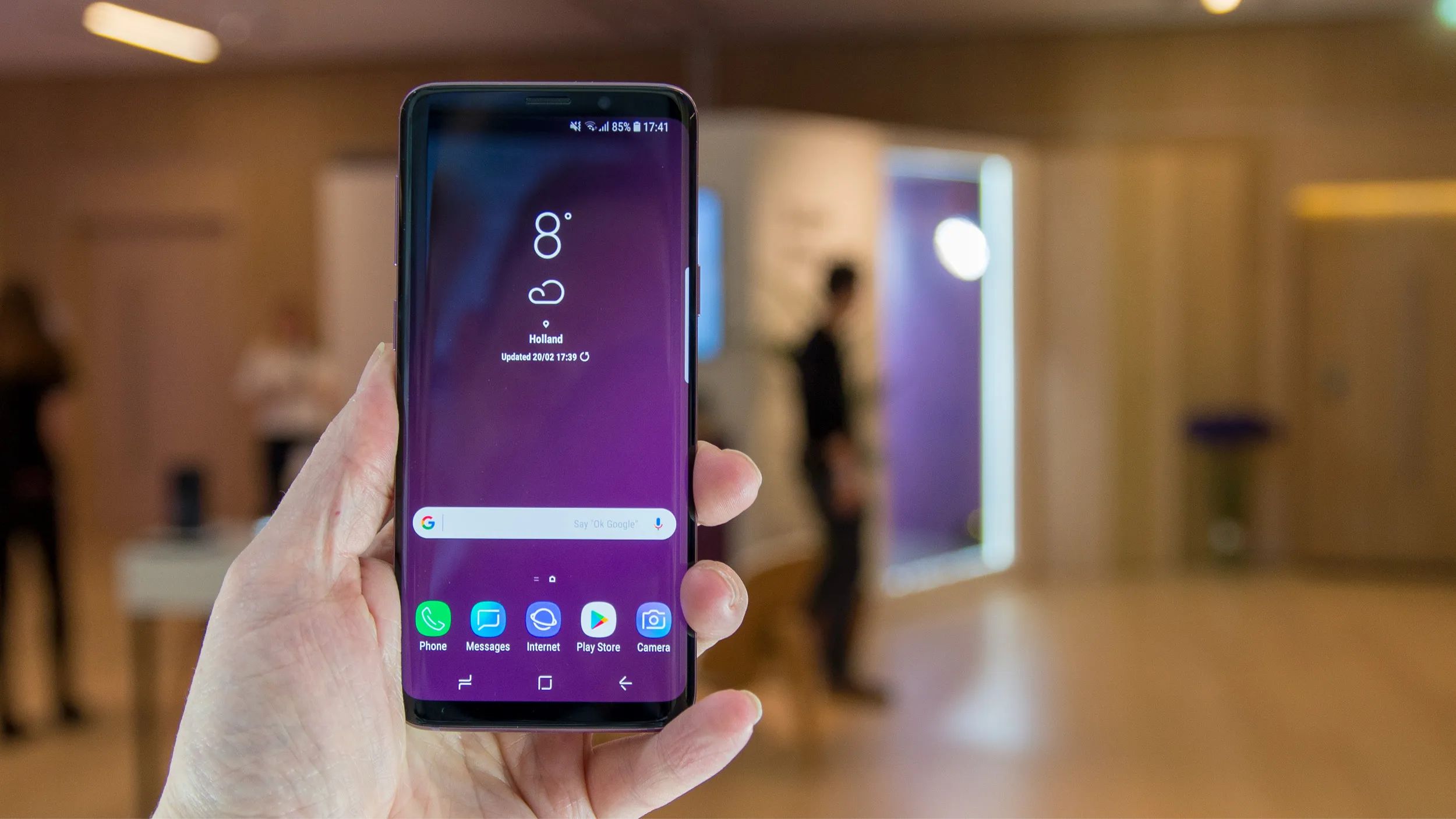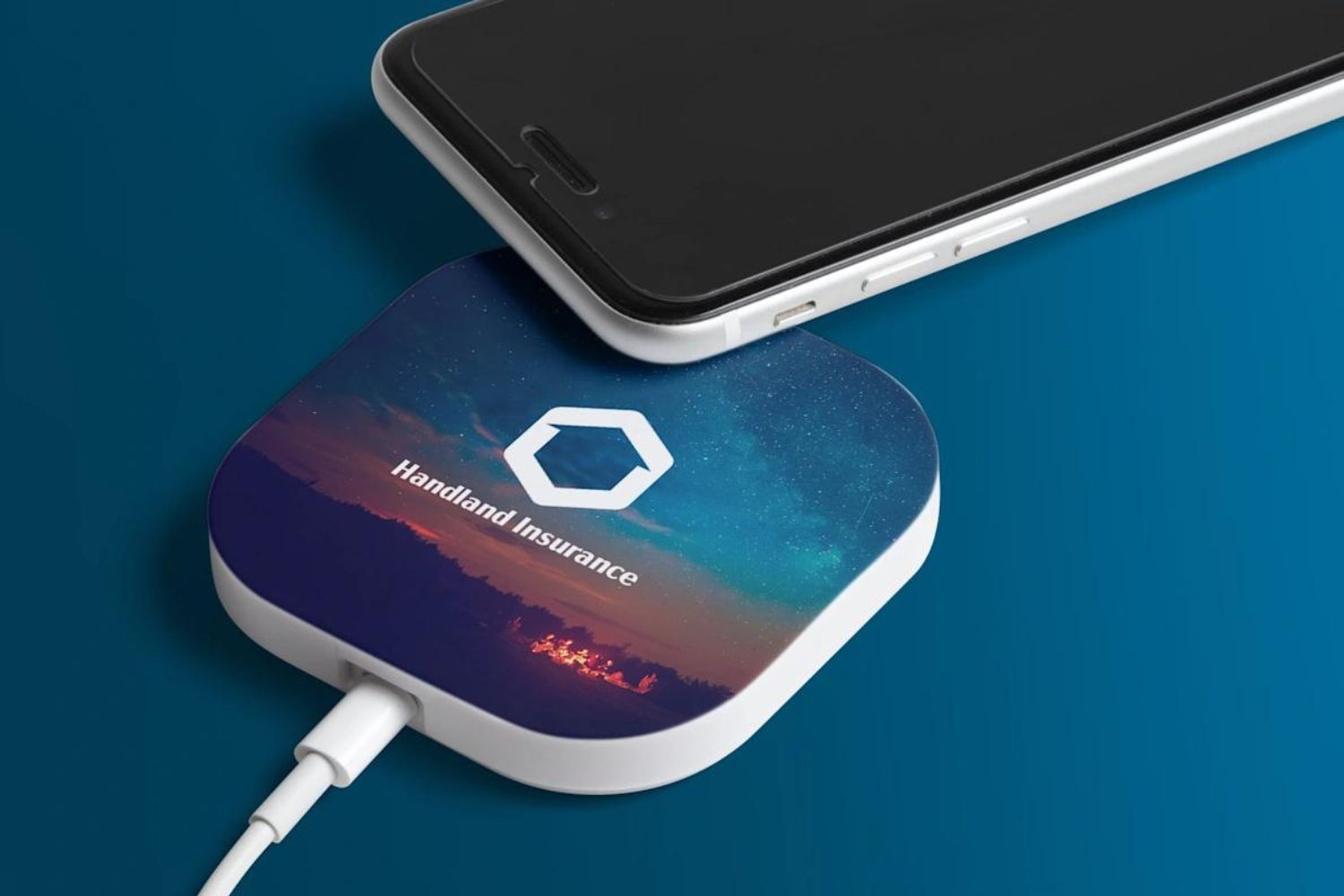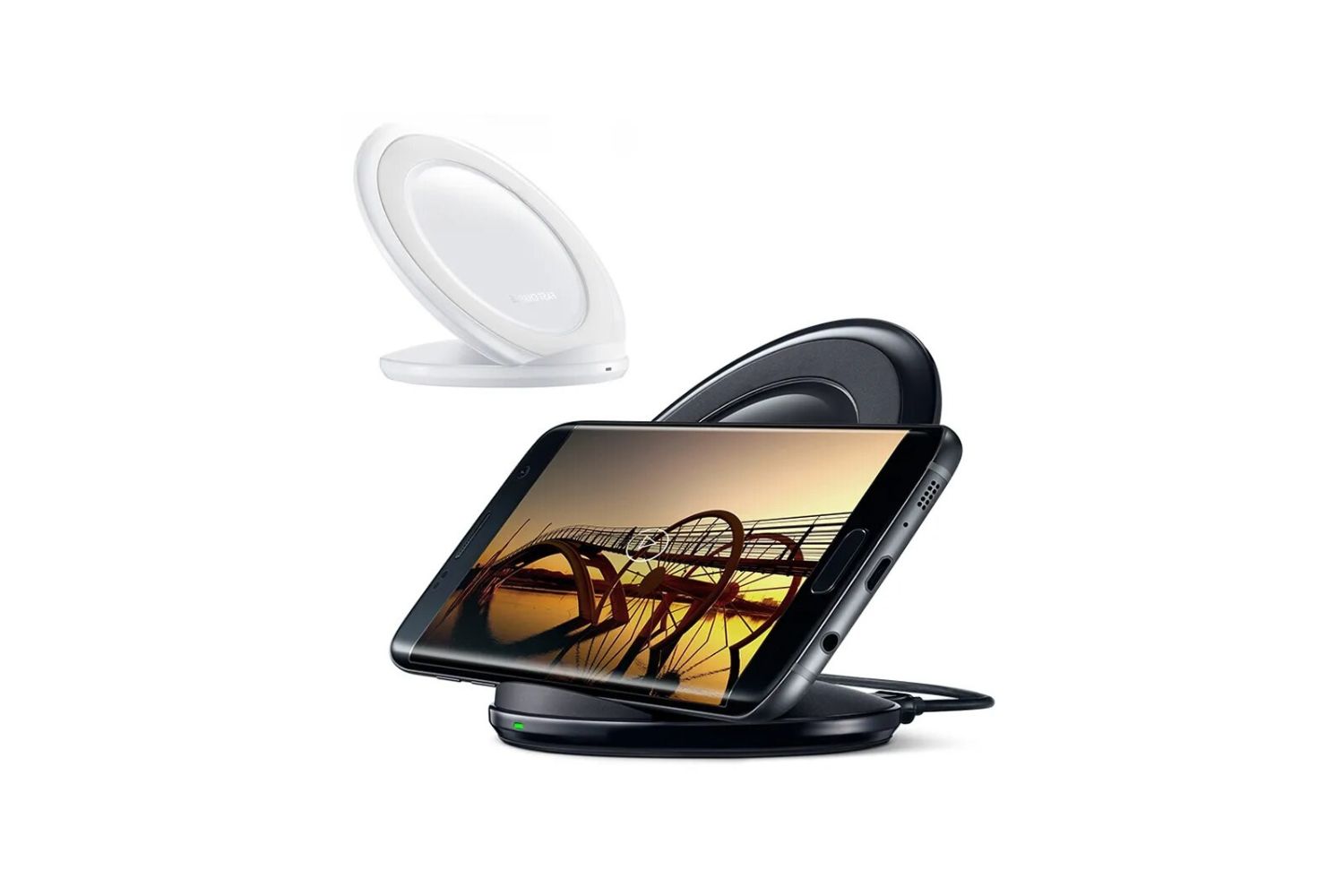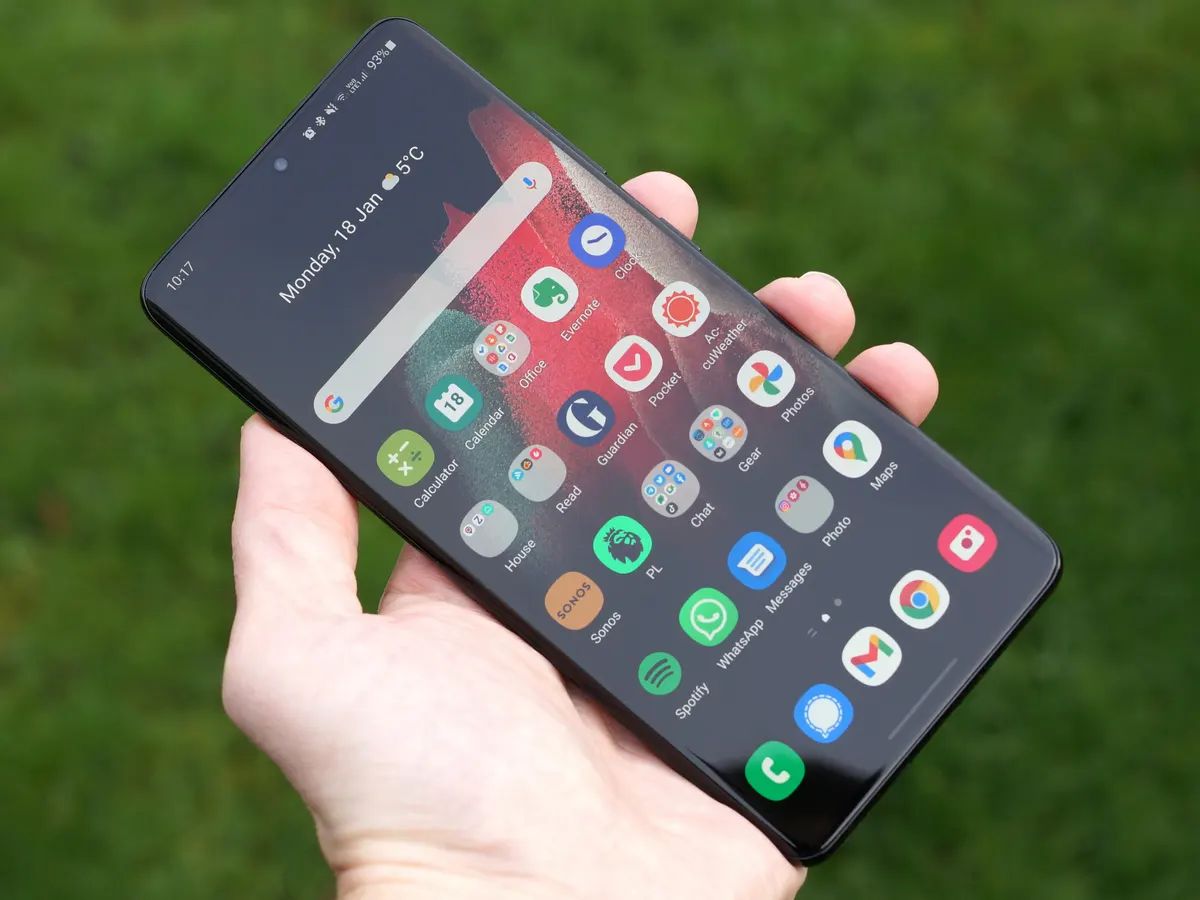Introduction
Wireless charging has revolutionized the way we power up our devices, offering a convenient and cable-free solution for keeping our smartphones juiced up. With the introduction of the Google Pixel 5, wireless charging has become an integral feature, providing users with a seamless and efficient way to replenish their device's battery.
The Pixel 5's wireless charging capability is a game-changer, allowing users to simply place their device on a compatible charging pad without the hassle of dealing with tangled cords or searching for an available power outlet. This innovative technology not only simplifies the charging process but also adds a touch of modernity to the overall user experience.
As we delve into the intricacies of wireless charging for the Pixel 5, it's essential to understand the underlying principles that make this feature possible. From exploring how wireless charging works for the Pixel 5 to identifying compatible wireless chargers and offering tips for efficient charging, this comprehensive guide will equip you with the knowledge and insights needed to make the most of this cutting-edge technology.
The Pixel 5's wireless charging capability is a testament to Google's commitment to enhancing user convenience and embracing technological advancements. By leveraging this feature, Pixel 5 users can enjoy the freedom of charging their devices effortlessly, whether at home, in the office, or on the go.
In the following sections, we will delve deeper into the world of wireless charging for the Pixel 5, shedding light on the compatible chargers, best practices for efficient charging, and troubleshooting common issues. By the end of this guide, you will be well-equipped to harness the full potential of wireless charging and elevate your Pixel 5 experience to new heights.
How Wireless Charging Works for Pixel 5
The Pixel 5 boasts a remarkable feature that sets it apart from its predecessors: wireless charging. This cutting-edge technology eliminates the need for traditional charging cables, offering a seamless and convenient way to power up the device. But how does wireless charging actually work for the Pixel 5?
At the core of the Pixel 5's wireless charging capability is the principle of electromagnetic induction. This process involves the transfer of energy from the charging pad to the device without the use of physical connectors. When the Pixel 5 is placed on a compatible wireless charging pad, an electromagnetic field is generated by the pad's transmitter coil. This field induces an electric current in the receiver coil located within the Pixel 5, effectively initiating the charging process.
The Pixel 5 is equipped with a built-in receiver coil that is specifically designed to interact with the electromagnetic field generated by the charging pad. This seamless interaction allows for efficient energy transfer, enabling the device to replenish its battery without the need for direct physical contact with the charging source.
Google has meticulously engineered the Pixel 5 to be compatible with Qi-certified wireless chargers, ensuring a seamless and reliable charging experience for users. This certification guarantees that the Pixel 5 is optimized to work with a wide range of Qi-compatible charging pads, offering versatility and convenience to users seeking a wireless charging solution.
Furthermore, the Pixel 5's wireless charging capability is complemented by intelligent thermal management, which regulates the device's temperature during the charging process. This feature ensures that the device remains at an optimal temperature, safeguarding against overheating and maintaining the overall performance and longevity of the device.
In essence, the Pixel 5's wireless charging functionality represents a harmonious fusion of innovative engineering and user-centric design. By harnessing the power of electromagnetic induction and Qi-certified technology, Google has elevated the charging experience for Pixel 5 users, delivering a seamless and efficient solution that aligns with the device's modern and forward-thinking ethos.
As we continue to explore the realm of wireless charging for the Pixel 5, it becomes evident that this feature embodies the intersection of technological prowess and user convenience, setting a new standard for modern smartphone charging solutions.
Compatible Wireless Chargers for Pixel 5
When it comes to wireless charging for the Pixel 5, compatibility is key. Google has designed the Pixel 5 to be compatible with Qi-certified wireless chargers, ensuring a seamless and reliable charging experience for users. This certification guarantees that the Pixel 5 is optimized to work with a wide range of Qi-compatible charging pads, offering versatility and convenience to users seeking a wireless charging solution.
One of the primary considerations when selecting a wireless charger for the Pixel 5 is the charging speed. The Pixel 5 supports fast wireless charging, allowing users to replenish their device's battery at an accelerated rate when using compatible chargers. It's important to look for wireless chargers that are capable of delivering the optimal charging speed supported by the Pixel 5, ensuring efficient and timely power replenishment.
Additionally, the design and build quality of the wireless charger play a significant role in the overall user experience. Users should look for chargers that offer a stable and secure charging platform, preventing slippage and ensuring proper alignment with the Pixel 5 for effective charging. Furthermore, compact and aesthetically pleasing chargers can seamlessly integrate into various environments, whether it's a home office setup or a bedside table.
Another aspect to consider is the versatility of the wireless charger. Some chargers are designed to accommodate multiple devices, allowing users to charge their Pixel 5 alongside other Qi-compatible devices such as smartwatches or earbuds. This multi-device charging capability adds an extra layer of convenience, streamlining the charging process for users with multiple devices.
Furthermore, the Pixel 5's wireless charging capability is complemented by intelligent thermal management, which regulates the device's temperature during the charging process. This feature ensures that the device remains at an optimal temperature, safeguarding against overheating and maintaining the overall performance and longevity of the device.
In summary, when exploring compatible wireless chargers for the Pixel 5, users should prioritize Qi-certified chargers that support fast wireless charging, offer a stable and secure charging platform, and provide versatility for charging multiple devices. By selecting a wireless charger that aligns with these criteria, Pixel 5 users can maximize the potential of wireless charging and elevate their overall charging experience.
Tips for Efficient Wireless Charging
Efficient wireless charging is essential for maximizing the convenience and effectiveness of this cutting-edge technology. To ensure that your Pixel 5 receives optimal charging performance, consider the following tips:
-
Choose a Quality Wireless Charger: Opt for a Qi-certified wireless charger that supports fast charging for the Pixel 5. This ensures compatibility and efficient power delivery, allowing you to replenish your device's battery at an accelerated rate.
-
Positioning is Key: Properly align your Pixel 5 on the wireless charging pad to ensure optimal charging efficiency. The device's charging coil should align with the transmitter coil in the charging pad for seamless energy transfer.
-
Remove Thick Cases and Metal Objects: Thick cases and metal objects can hinder wireless charging capabilities. Remove any obstructions between the device and the charging pad to facilitate uninterrupted charging.
-
Maintain Optimal Temperature: Avoid exposing the Pixel 5 to extreme temperatures during wireless charging, as excessive heat can impact the device's battery health. Additionally, ensure that the charging pad remains within the recommended temperature range for efficient operation.
-
Utilize Airplane Mode: Activating Airplane Mode on the Pixel 5 can minimize background processes and wireless connections, allowing the device to focus on charging without unnecessary power consumption.
-
Regularly Update Software: Keeping the Pixel 5's software up to date can optimize charging algorithms and performance, ensuring that the device leverages the latest enhancements for wireless charging efficiency.
-
Utilize a Stable Power Source: When using a wireless charging pad, connect it to a stable power source to ensure consistent and reliable energy transfer to the Pixel 5.
-
Consider Overnight Charging: Wireless charging is an ideal solution for overnight charging, allowing you to wake up to a fully charged device without the hassle of fumbling with cables.
By implementing these tips, Pixel 5 users can harness the full potential of wireless charging, ensuring efficient and reliable power replenishment for their devices. Embracing these best practices will not only enhance the overall charging experience but also contribute to the longevity and performance of the Pixel 5's battery.
Common Issues and Troubleshooting
While wireless charging for the Pixel 5 offers a seamless and convenient way to power up the device, users may encounter common issues that can impact the charging experience. Understanding these issues and implementing effective troubleshooting strategies is essential for ensuring a smooth and reliable wireless charging process.
One common issue that users may encounter is slow or inconsistent charging. This can be attributed to factors such as improper positioning of the device on the charging pad, obstructions between the device and the charging pad, or the use of incompatible or low-quality charging pads. To troubleshoot this issue, users should ensure that the Pixel 5 is properly aligned on the charging pad, with the charging coils in optimal contact. Additionally, removing thick cases or metal objects that impede charging efficiency can help resolve this issue. Investing in a high-quality, Qi-certified wireless charger that supports fast charging can also mitigate slow or inconsistent charging.
Another potential issue is the Pixel 5 becoming warm during wireless charging. While the device is equipped with intelligent thermal management to regulate its temperature, external factors such as ambient temperature and prolonged charging can contribute to increased device warmth. To address this issue, users should avoid exposing the device to extreme temperatures during charging and ensure that the charging pad remains within the recommended temperature range. Additionally, using the Pixel 5 in Airplane Mode during wireless charging can minimize background processes and wireless connections, reducing unnecessary power consumption and heat generation.
Intermittent charging or charging interruptions may also arise, impacting the overall charging experience. This issue can stem from loose connections between the device and the charging pad, as well as power source instability. Troubleshooting this issue involves ensuring a secure and stable placement of the Pixel 5 on the charging pad, as well as connecting the charging pad to a reliable power source. Users should also inspect the charging cable and adapter for any signs of damage or wear that may affect the charging process.
By addressing these common issues through effective troubleshooting, Pixel 5 users can optimize their wireless charging experience and mitigate potential challenges that may arise. Implementing best practices and leveraging compatible, high-quality charging accessories can contribute to a seamless and efficient wireless charging process, enhancing the overall user experience with the Pixel 5.
Conclusion
In conclusion, the integration of wireless charging capabilities in the Google Pixel 5 represents a significant leap forward in the realm of smartphone charging technology. This innovative feature not only aligns with the device's modern and user-centric design but also underscores Google's commitment to enhancing user convenience and embracing cutting-edge advancements.
The Pixel 5's wireless charging functionality, powered by the principles of electromagnetic induction and Qi-certified technology, offers users a seamless and efficient solution for replenishing their device's battery. By eliminating the need for traditional charging cables and introducing a cable-free charging experience, Google has redefined the charging paradigm, empowering users with a convenient and hassle-free approach to powering up their devices.
Furthermore, the compatibility of the Pixel 5 with Qi-certified wireless chargers ensures versatility and reliability, allowing users to explore a wide range of charging pad options that support fast and efficient charging. The emphasis on fast wireless charging not only accelerates the charging process but also underscores Google's dedication to delivering a high-performance charging experience for Pixel 5 users.
As users navigate the landscape of wireless charging for the Pixel 5, the importance of selecting compatible and high-quality wireless chargers cannot be overstated. By adhering to best practices, such as proper positioning of the device on the charging pad, removing obstructions, and maintaining optimal temperature, users can maximize the efficiency and effectiveness of wireless charging for their Pixel 5.
Moreover, the troubleshooting strategies outlined for addressing common wireless charging issues equip users with the knowledge and insights needed to overcome potential challenges, ensuring a seamless and reliable charging experience.
In essence, the Pixel 5's wireless charging feature embodies the convergence of technological innovation and user-centric design, offering a glimpse into the future of smartphone charging. As users embrace this wireless charging revolution, they are poised to experience a new level of convenience and efficiency, seamlessly integrating wireless charging into their daily routines.
With its forward-thinking approach and commitment to enhancing user experiences, the Pixel 5 sets a new standard for wireless charging in the smartphone industry, paving the way for a future where cable-free charging is not just a convenience but a fundamental aspect of the modern smartphone experience.









